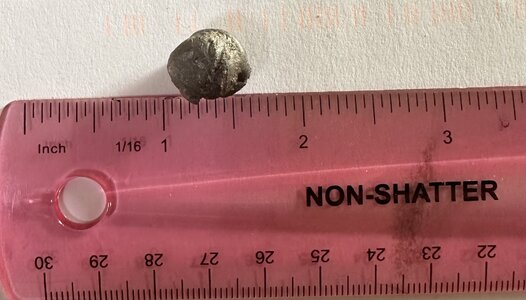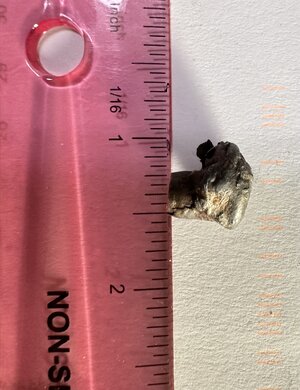I think things are a bit more complex than that. I'm both a gun and bowhunter. With a bow, full penetration is the key to a blood trail for deer. Broadheads kill primarily by causing bleeding and lung puncture. Rifles are a bit different. The primary means of killing a deer is hydrostatic shock. When kinetic energy (mass * velocity squared) is transferred suddenly from the projectile to the animal, it creates a shock wave that goes through the body (which is mostly water). That shock wave disrupts and causes total systems shutdown. Most bullets are designed to mushroom. This intentionally limits penetration to ensure all of the retained energy is absorbed by the body. When a bullet fully penetrates the body and exits the other side, some of the energy is retained in the bullet.
How well a bullet penetrates depends on design of the bullet. When hunting larger game where heavy bone penetration may be needed, one can use bullets designed for more penetration. Penetration has many factors involved. Bullets can be jacketed for more penetration. Things like hollow areas behind ballistic points cause more mushrooming. It goes even beyond that. I think about some of the new turkey loads for shotguns (heavi-shot and TSS). Beyond ballistics and patterning, if a pellet hits a turkey neck bone at a long distance, will it penetrate and break the bone? Not only do we need to consider the retained kinetic energy of the pellet, we need to consider the hardness of the material. The hardness of some of the newer pellets transfers more energy than a similar sized soft pellet in lead. Lead deforms more at it hits applying the kinetic energy to a larger surface area. A hard pellet that does not deform as much on contact applies that same kinetic energy to a smaller surface area resulting in more penetration.
My point here is not to provide a specific answer, but just to say there is a lot of complexity involved. Most modern firearms we use for deer hunting will easily take a deer with a well places shot at a reasonable range. It is when we push the envelope, by selecting shots through heavy bone, taking long distance shots, or other similar things, that the specifics of the load come into play.
Much comes down to your situation. One may choose to use one load if they are taking shoulder shots so deer retrieval is easy with bang-flop shots. Another guy may choose a different load for broadside chest shots knowing that the deer will run and trailing will usually be necessary.
It is not as simple as a heaver bullet provides more penetration. While a heavier bullet will retain a higher percentage of the KE further down range, there is less KE to retain as a heavier bullet from the same power load has less velocity, and the velocity factor is more influential as it is squared in the equation.










